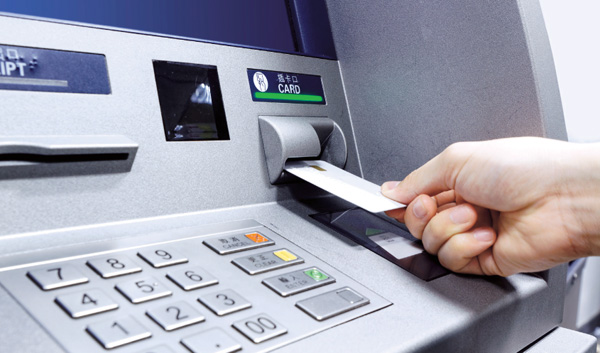Members who use mobile banking bring in 36% more revenue than branch-only members and are less than half as likely to leave their credit unions, according to a study by Fiserv released this week.
The survey of eight credit unions and nine banks conducted over a 12-month period in 2014 and 2015 found that within three months of adopting mobile banking, the average number of monthly POS transactions for credit union members rose by 19%, their ATM transactions jumped 25% and their bill pay transactions leapt 13%. Mobile banking consumers also bought more from their credit unions, holding 2.3 products versus 1.3 for branch-only consumers, the study said.
“Increased mobile adoption and usage will net a larger ROI for financial institutions that proactively work to build a robust mobile channel – one that serves the needs of the highly valuable mobile banking consumer,” the report said.
Some of that value also appears to come from loyalty. The attrition rate for members of large credit unions who used mobile banking was just 4.9% compared to 13.4% for members who weren't enrolled, the study found. And among medium and small credit unions, the attrition rates were even lower – 2.8% – for mobile bankers.
The study also found 53% of mobile banking users were under the age of 55.
“Consumers in the study who use mobile banking are among the most active and engaged – and most profitable,” it said. “Although mobile bankers can be found in every generation, usage skews younger with millennials and Gen X leading the way.”
A full 30% or more of customers and members at large national banks and credit unions have adopted mobile banking, according to Fiserv, but just 11% of the study's 240,000 credit union members and 14.4% of the study's 283,721 banking customers had done so, it said. Achieving that 30% adoption rate could mean as much as $1.6 million in incremental annual revenue for the credit unions in the study, Fiserv added.
Fiserv said financial institutions can increase mobile banking adoption by offering a wide range of features, cross-selling mobile banking when consumers log in to online banking and bill payment, advertising the financial institution's security measures, showing how mobile banking is helpful, and engaging with front-line staff and on social media when promoting it.
Credit union branch visits dropped 32% in the three months after members adopted mobile banking, going from 4.4 to three transactions per month, according to the report. Branch visits are likely to shift to high-touch, high-engagement transactions with staff members, which could trigger optimization of the retail space, it noted.
© 2025 ALM Global, LLC, All Rights Reserved. Request academic re-use from www.copyright.com. All other uses, submit a request to [email protected]. For more information visit Asset & Logo Licensing.






